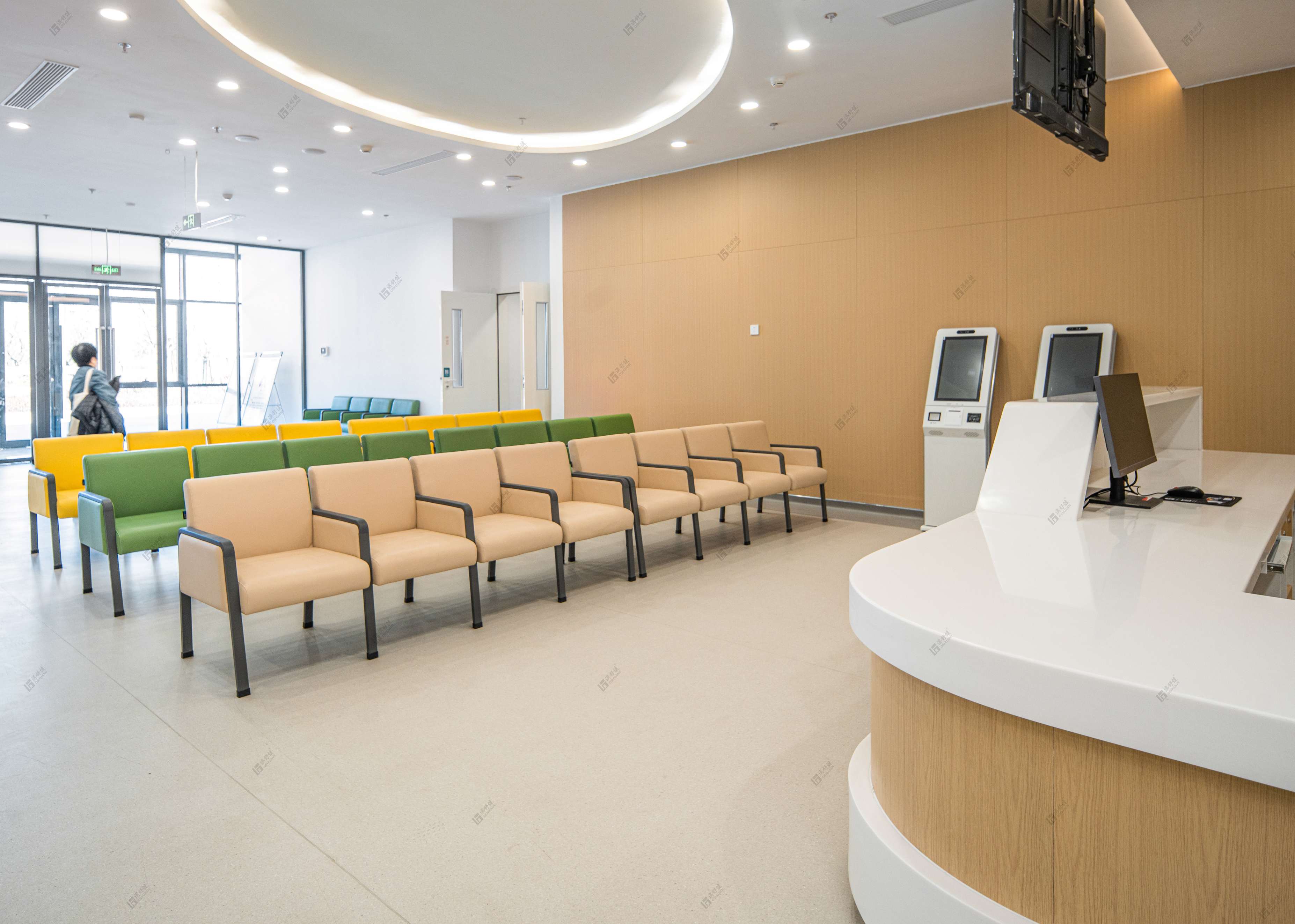In high-frequency public places such as hospitals, waiting chairs not only carry the rest needs of patients and their families, but also directly affect the hospital's operating costs and management efficiency. Choosing a suitable waiting chair can not only improve the patient's waiting experience, but also establish a good image for the hospital.
1. Durability: Reduce long-term use costs
Hospitals have a large flow of people, and the frequency of use of waiting chairs is much higher than that of ordinary seats, so the durability of the material is crucial. Generally speaking, stainless steel, aluminum alloy and high-strength plastic are the mainstream choices for waiting chairs.
a. Stainless steel waiting chair: anti-oxidation and anti-corrosion, suitable for environments with high humidity, such as emergency halls, infusion areas, etc., with a long life.
b. Aluminum alloy waiting chair: light weight, strong corrosion resistance, suitable for large waiting areas, easy to carry and adjust the layout.
c. High-strength plastic (ABS, PP material) waiting chair: light, wear-resistant, impact-resistant, and moderately priced, suitable for ordinary waiting areas.

2. Smart seat sensing system: optimize management efficiency
Some large hospitals have introduced smart sensing systems in their waiting areas, which can detect the use of seats:
a. Real-time monitoring of seat occupancy in the waiting area to help hospitals optimize seat allocation and improve space utilization.
b. Automatically adjust seat temperature to provide patients with a more comfortable seating environment, especially in cold or humid seasons.
c. Smart health detection. Some high-end smart waiting chairs can be equipped with heart rate and blood pressure detection functions to provide patients with basic health monitoring and promptly remind medical staff when abnormal conditions occur.